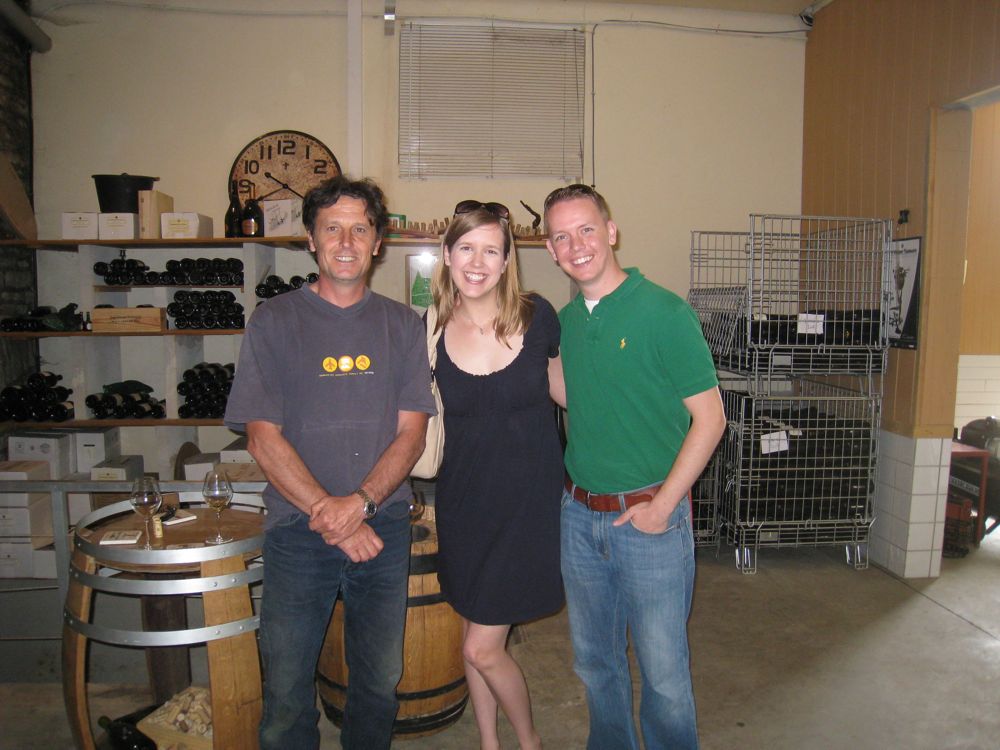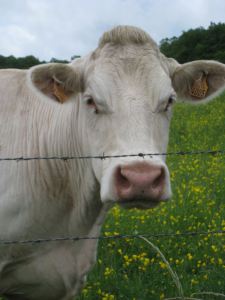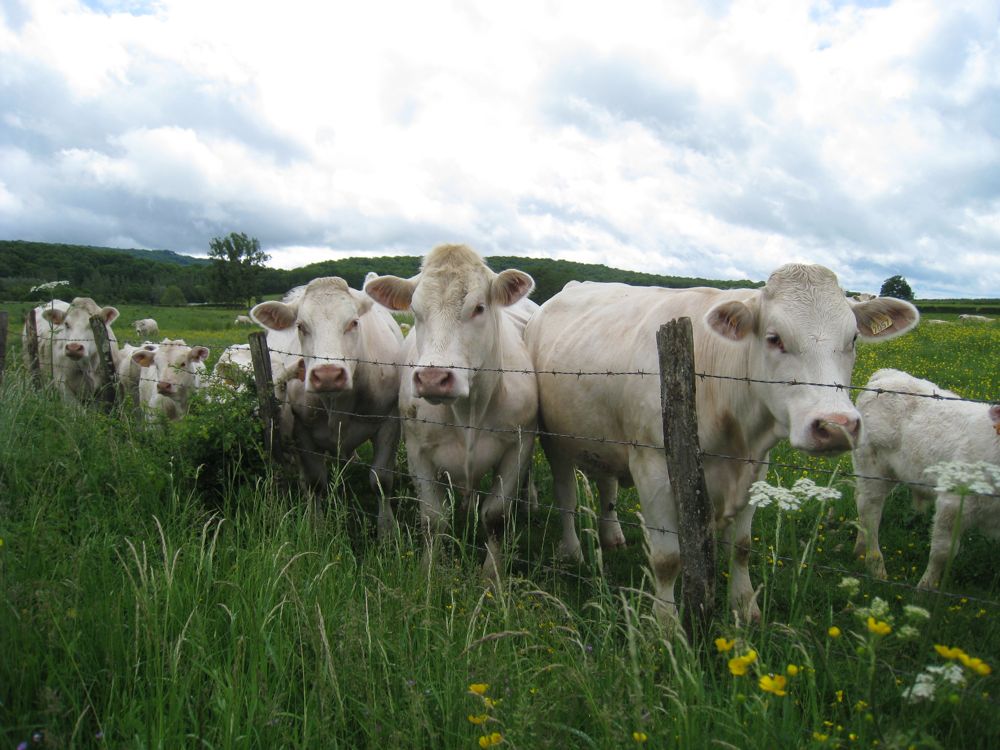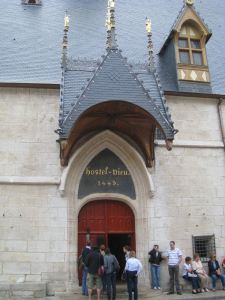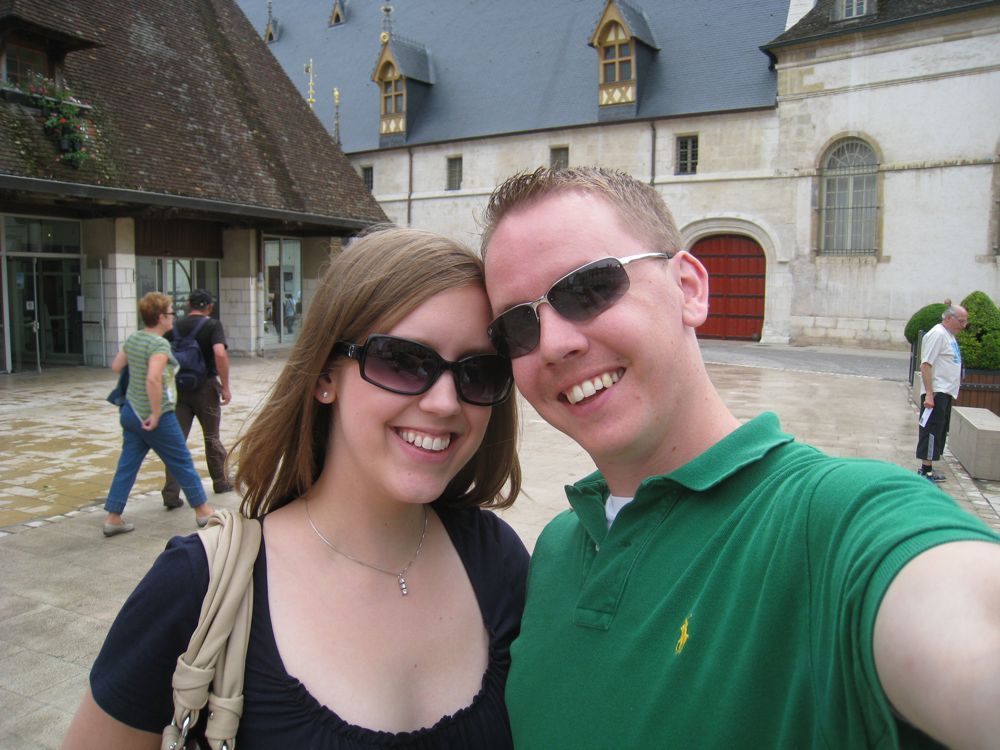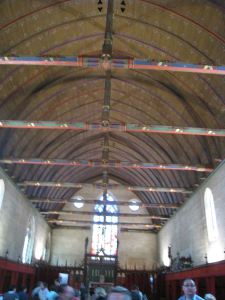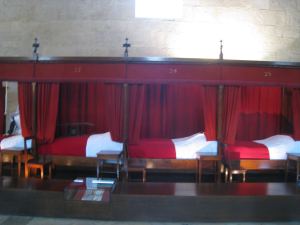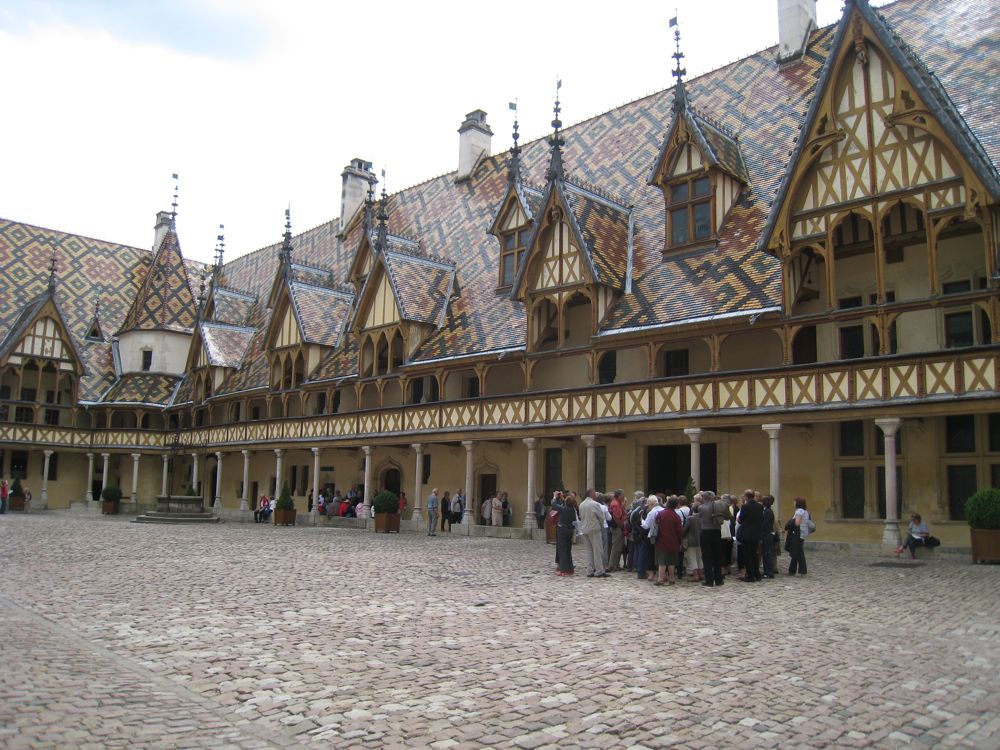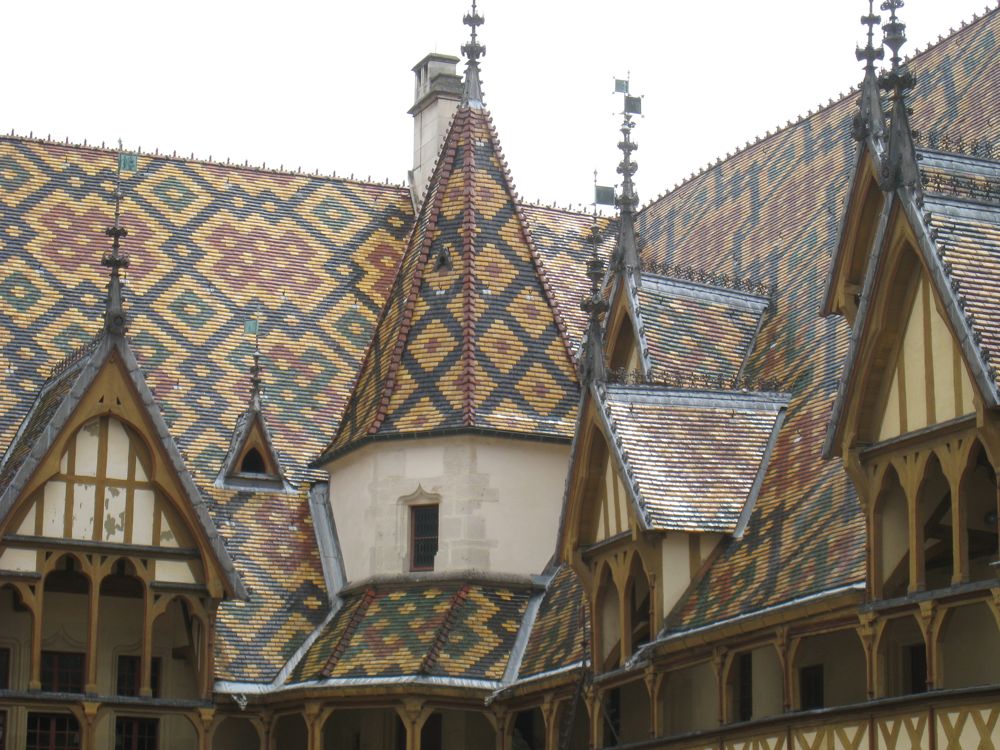I can’t believe that this has turned into a four (plus) part story. I hope I’m not scaring away people from reading, but truth be told, I am writing this as much for our remembrance as for our readers’ knowledge of the Côte-d’Or. I’d like to say that if you stick with us through all the posts that I’d buy you a nice bottle of Burgundian wine, but as it is, we’re already regretting having bought so few. Maybe that means we’ll need to make another trip out there before we leave Deutschland! (Honey, are you reading this? nudge nudge)
I left off with our second vineyard visit, which was in Chassagne-Montrachet. We met with master wine maker Philippe Duvernay of Domaine Coffinet-Duvernay. While doing research for this post, I came across this video on YouTube of Monsieur Duvernay. It was taken in his cellar, which is where we had our tasting. Since I didn’t take any photo/video down there, I was happy to see someone else took care of that for me.
Monsieur Duvernay, Philippe, makes divine wine. We got to taste several 2009 growth wines straight from the barrel, and they were exquisite. I know 2009 is being heralded as an exceptional year for wine, but truly, Philippe’s wines are out of this world. Sadly, we only bought two bottles. Now, John and I both wish we had bought several cases. The bottles we bought were just of his village wine, too!
After our tasting, we went to a local restaurant. John and I both ordered the paysanne (peasant) salad, which doesn’t sound like much, but the salad was once again a display of how well the French know food. The salad had greens, hard boiled eggs, cheese (not sure what kind – it was white, semi-soft and delicious), pine nuts, pecans, tomatoes and an oily dressing of sorts. Like the Greek salad from Cheateau Les Roches, I could eat this salad until the cows come home.
Speaking of cows, isn’t this little gal cute? I made a habit of talking to all the cows we passed.
After lunch, we were supposed to have another visit with a wine maker, but unfortunately, he had just had a heart attack. I really hope that he recovers well and his wife figures out how to manage the vineyard in the meantime. As I mentioned yesterday, these wine makers are primarily farmers, and if they are incapacitated for any reason and cannot tend to their vines, they are in danger of losing the quality they have worked so hard to achieve. Consequently, they can end up losing quite a bit of money.
Because our plans changed, we had a cultural visit to Beaune, where we saw the Hospices de Beaune.
“The Hôtel-Dieu was founded on 4 August 1443, when Burgundy was ruled by Duke Philip the Good (Philippe le Bon). The Hundred Years War had recently been brought to a close […but there was still a great deal of misery and famine in the area…] The majority of the people of Beaune were declared destitute. Nicolas Rolin, the Duke’s Chancellor, and his wife Guigone de Salins, reacted by deciding to create a hospital and refuge for the poor. The hospital (known as the Hôtel-Dieu) received its first patient on 1st January 1452. Elderly, disabled and sick people, with orphans, women about to give birth and the destitute have all been uninterruptedly welcomed for treatment and refuge, from the Middle Ages until today.” Now, a lot of the place is a museum, but there are still places for people to stay as well.
The roof inside the courtyard is noteworthy. The roofing is made of glazed tile, which influenced many other structures in the Burgundy region. It is neat that the roofing on the sides viewed from outside the hospice are plain, but once you come inside, you’re bathed in color. Apparently, this, along with the nice beds, was supposed to help people relax and be comfortable before they died.
Once we finished our quick tour, we hopped back in the car for a long drive around the Côte-de-Nuits, where we saw La Tâche, Romanée-Conti, Clos de Vougeot, and many more. The ones I named specifically are huge in the oenophilic world. Before this weekend, I admit that I had not heard of these names. I guess I can be a wine snob with the best of them now. Robert Parker, here I come!
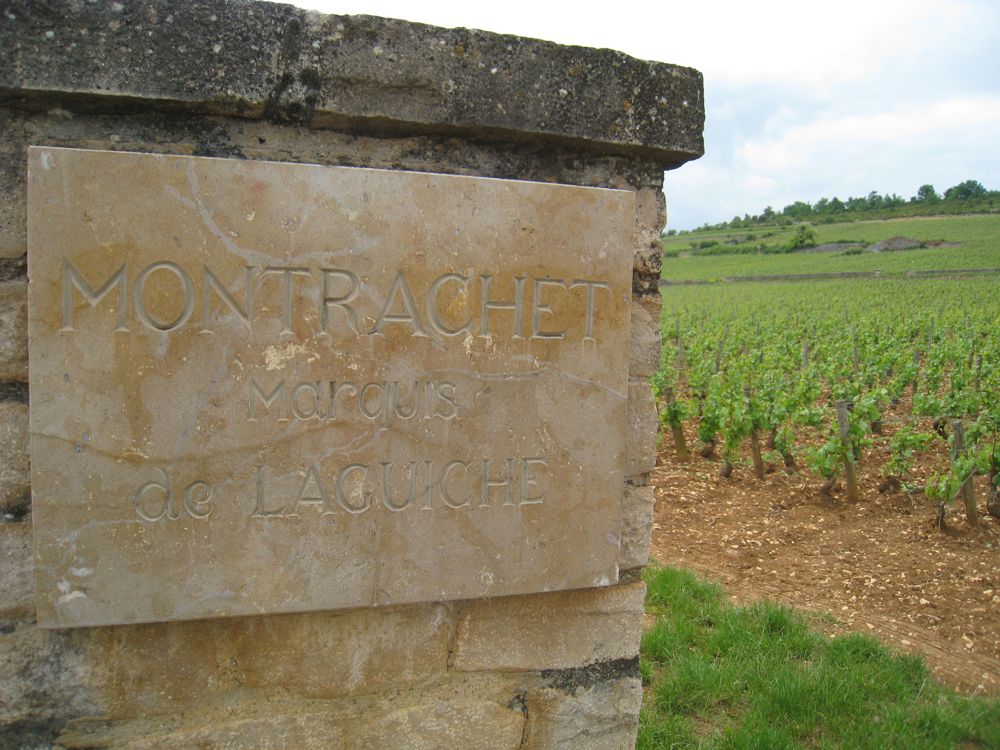
Just a little extra -- many of the vineyards were labeled rather discreetly like this one (Montrachet)
Rounding out our visit, we passed through and/or by these towns as well: Nuits-Saint-Georges, Vosne-Romanée, Morey-St. Denis and Gevrey-Chambertin. We stopped at a tiny wine shop and bought a bottle of Morey-St. Denis as we wrapped up our day of wine tasting.
If you ever find yourself trying to decide on a wine from Burgundy and have a choice between one with a hyphenated name and one without, my blanket advice is to get the one with the hyphenated name. You may have noticed that many of the towns we passed were hyphenated, and that’s because the town has a Grand Cru vineyard, so they add their town’s Grand Cru name to their town name (ex. St. Denis of the town originally known as Morey).
